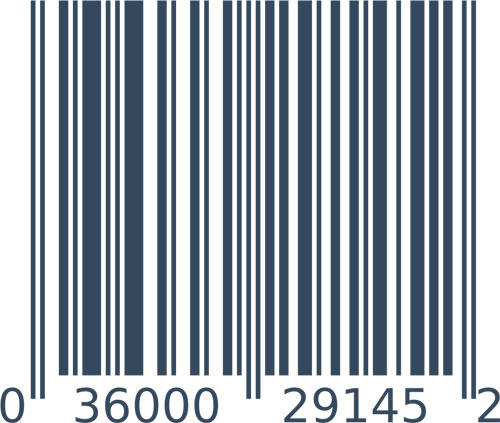UPC (Universal Product Code)
What is a UPC Barcode?
UPC (Universal Product Code) is a barcode symbology that is widely used worldwide for tracking trade items in stores.
UPC (technically known as UPC-A) consists of 12 digits that are uniquely assigned to each trade item. Along with the related EAN barcode, the UPC is the barcode mainly used for scanning of trade items at the point of sale, per GS1 specifications. UPC data structures are a component of GTINs and follow the global GS1 specification, which is based on international standards. But some retailers (clothing, furniture) do not use the GS1 system (rather other barcode symbologies or article number systems). On the other hand, some retailers use the EAN/UPC barcode symbology, but without using a GTIN (for products sold in their own stores only).
What is UPC-E?
UPC-E is a 6-digit UPC barcode variant typically for smaller parcels and packages, where 12 digits may not fit.
Other Variants
- UPC-B is a 12-digit version of UPC with no check digit, developed for the National Drug Code (NDC) and National Health Related Items Code. It has 11 digits plus a 1-digit product code, and is not in common use.
- UPC-C is a 12-digit code with a product code and a check digit; not in common use.
- UPC-D is a variable length code (12 digits or more) with the 12th digit being the check digit. These versions are not in common use.
- UPC-2 is a 2-digit supplement to the UPC used to indicate the edition of a magazine or periodical.
- UPC-5 is a 5-digit supplement to the UPC used to indicate suggested retail price for books.
















